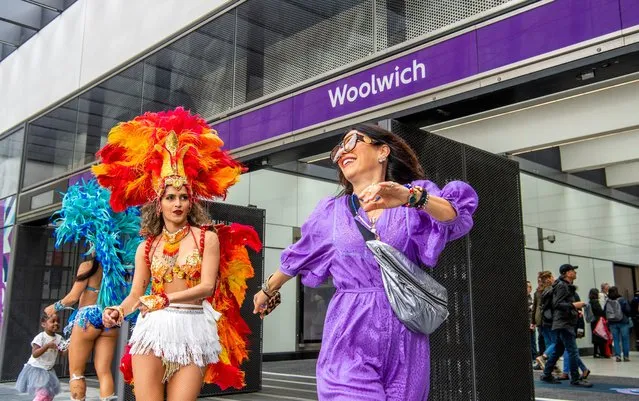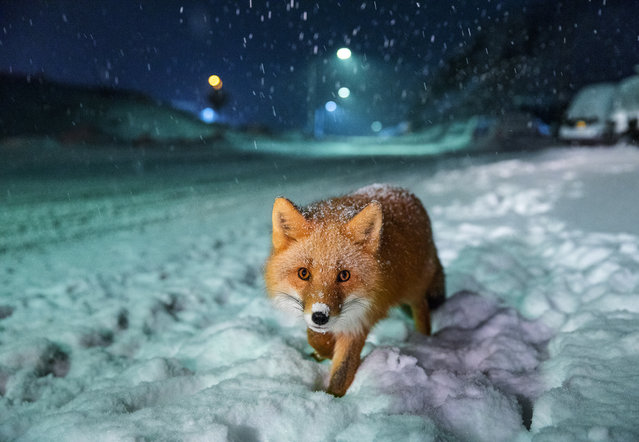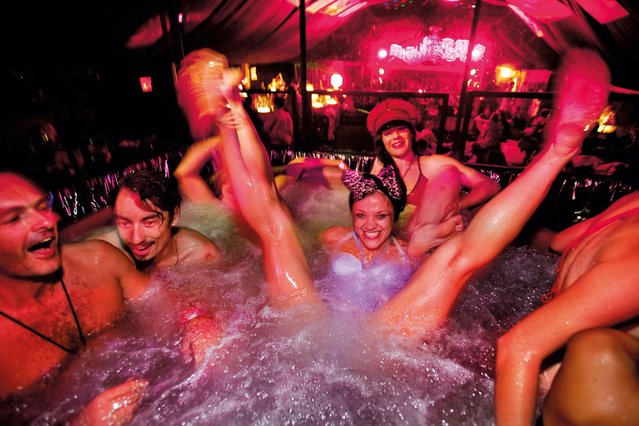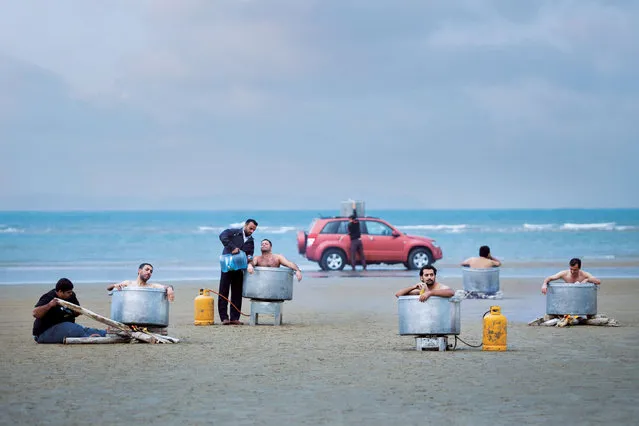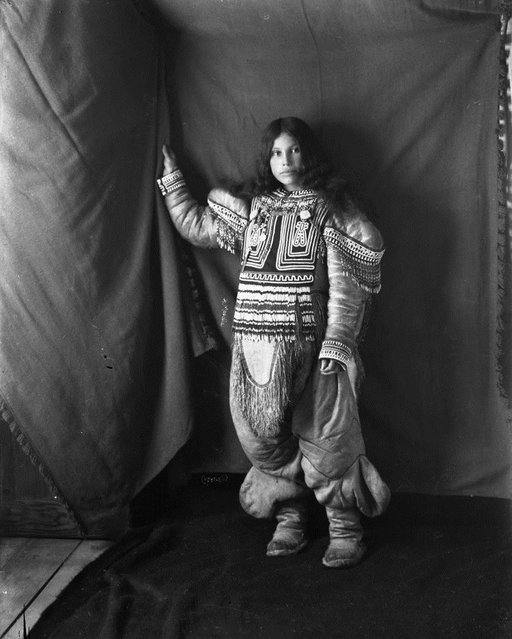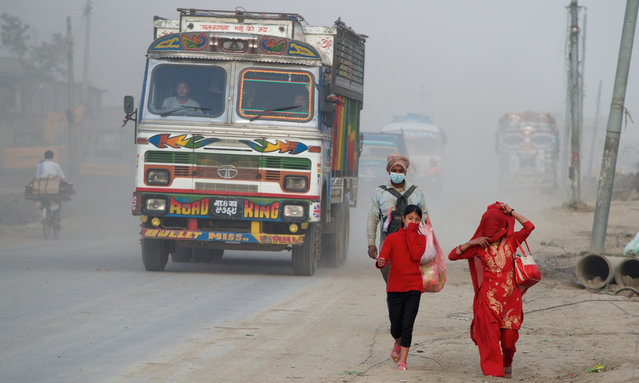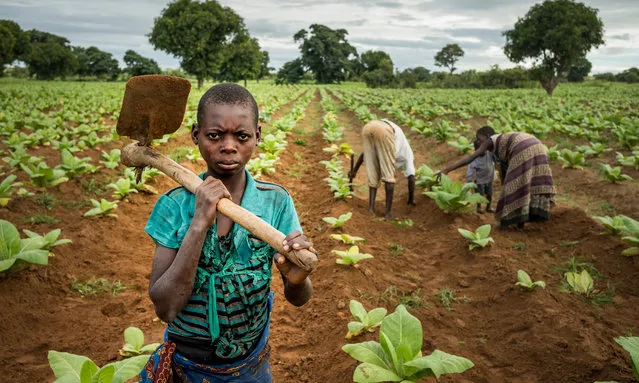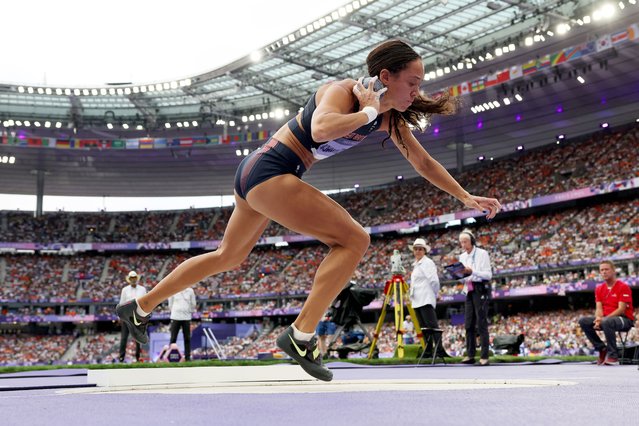
Team GB’s Katarina Johnson-Thompson in action during the women’s heptathlon shot put, where she recorded a personal best at the Paris 2024 Olympic Games at Stade de France in Saint-Denis, north of Paris, on August 8, 2024. (Photo by David Levene/The Guardian)
17 Aug 2024 04:23:00,post received
0 comments

